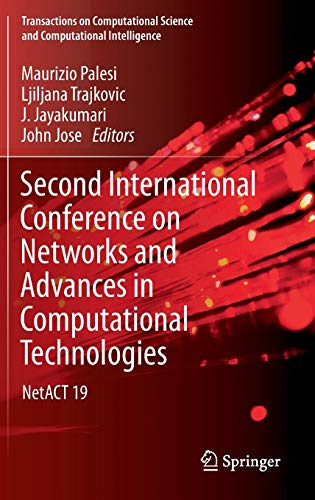How do the static and dynamic approaches to malware detection differ, and what are some of the techniques used in each approach?
The static and dynamic approaches to malware detection differ in their methods of analyzing malicious software:
Static Approach: This method examines malware without executing it. It focuses on the code and structure of the malware. Techniques include:
- Signature-based: Identifies malware by matching known patterns or signatures.
- Byte Code Sequence: Analyzes sequences of bytes for unique combinations.
- Opcode Sequence: Compares opcodes for differences between malicious and benign executables.
- Portable Executable (PE): Analyzes Windows executable files for malicious behavior.
Dynamic Approach: This method analyzes malware during execution. It focuses on the behavior of the malware. Techniques include:
- API Call Graph: Maps API calls to understand malware behavior.
- Control Flow Graph: Represents the flow of execution in a program.
- Network Analysis: Monitors network traffic for malicious activity.
Both approaches have their strengths and weaknesses, with static methods being faster but less effective against obfuscated malware, and dynamic methods being more effective but requiring more resources.

Second International Conference on Networks and Advances in Computational Technologies: NetACT 19
Ljiljana Trajkovic, John Jose, J. Jayakumari, Maurizio Palesi
This book presents the proceedings of the 2nd International Conference on Networks and Advances in Computational Technologies (NetACT19) which took place on July 23-25, 2019 at Mar Baselios College of Engineering and Technology in Thiruvananthapuram, India. The conference was in association with Bowie State University, USA, Gannon University, USA and Malardalen University, Sweden. Papers presented were included in technical programs that were part of five parallel tracks, namely Computer Application, Image Processing, Network Security, Hardware & Network Systems and Machine Learning. The proceedings brings together experts from industry, governments and academia from around the world with vast experiences in design, engineering and research.